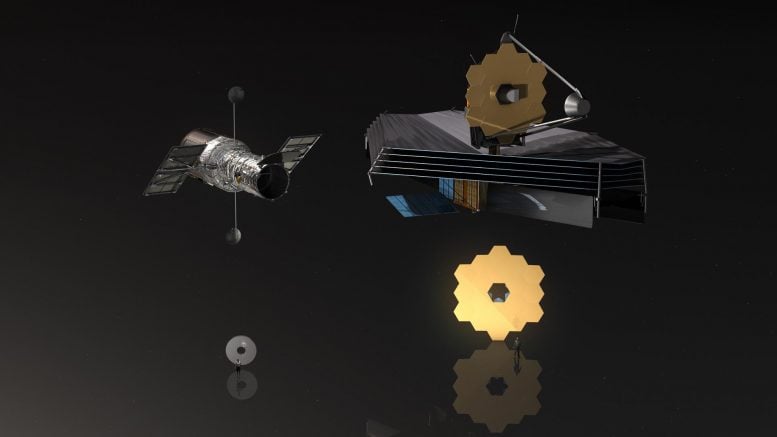
This illustration shows both the NASA/ESA Hubble Space Telescope and the NASA/ESA/CSA James Webb Space Telescope and compares their respective mirrors. The main mirror of Hubble has a diameter of 2.4 meters, the foldable main mirror of James Webb is even 6.5 meters in diameter. Credit: ESA/M. Kornmesser
This Hubblecast explores how the NASA/ESA Hubble Space Telescope’s observations differ across different wavelengths of the electromagnetic spectrum, and how these observations will be complemented by those of the upcoming NASA/ESA/CSA James Webb Space Telescope.
The Hubble Space Telescope orbits approximately 570 kilometers (354 miles) above the Earth
where it observes the Universe free from the obstruction of our atmosphere.For nearly three decades, Hubble has studied the Universe using its 2.4-meter (7.9-foot) primary mirror and its five science instruments. They observe primarily in the ultraviolet and visible parts of the spectrum, but also have some infrared capabilities.
The electromagnetic waves in each of these bands have different characteristics such as how they are produced, and how they interact with matter and astronomical objects.
Hubble observes in different wavelength bands, one band at a time, each providing different information on the object under study. Each of these wavelengths is reproduced in a different color and these are combined to form a composite image, so that the contribution from all wavelengths can be compared and analyzed.
For example, Hubble’s images taken in the infrared typically reveal more stars than images taken in visible light, as infrared radiation passes more freely through cosmic dust, which scatters the bluer visible light.
This allows astronomers to see regions of space that are normally obscured by cosmic dust and gas.
By combining observations in different wavelengths we can develop a more complete picture of the structure, composition and behavior of an object than the visible wavelengths alone could ever show.
While Hubble currently observes the Universe primarily at visible and ultraviolet wavelengths its scientific successor — the James Webb Space Telescope — will be sensitive to a range of wavelengths from 0.6 micrometers (orange light) to 28 micrometers, deep infrared radiation emitted from objects at temperatures of about -150 degrees C (-238 degrees F).
More distant objects in the cosmos are more highly redshifted and, as a result, their light is pushed from ultraviolet and visible wavelengths into the near-infrared.
This means that observations of these distant objects (for example, the first galaxies that formed in the Universe) require a telescope specialized for infrared observing like James Webb in order to be observed.
The James Webb Space Telescope also has a much bigger mirror than Hubble. It measures 6.5 meters (21 feet) in diameter. Bigger mirrors collect more light from fainter and more distant objects in space, meaning that James Webb will be able to peer further back in time than Hubble, allowing us to develop our understanding of the early Universe.
Also, bigger mirrors provide higher resolution, resulting in images with finer details.
By observing the cosmos in visible, ultraviolet, and infrared wavelengths, Hubble has contributed greatly to the field of astronomy. It has delved deeper into the early years of the Universe than was ever thought possible, played a critical part in the discovery that the expansion of the Universe is accelerating and probed the atmospheres of planets around distant stars.
We eagerly await the contributions and discoveries that James Webb will make in the future.

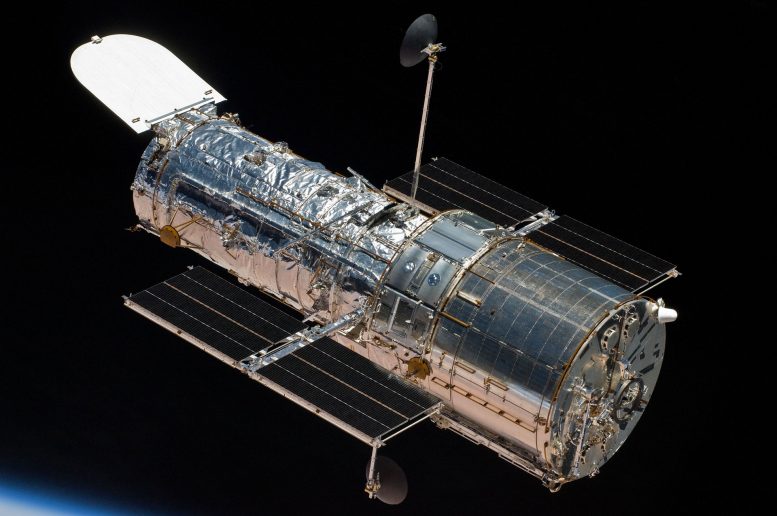
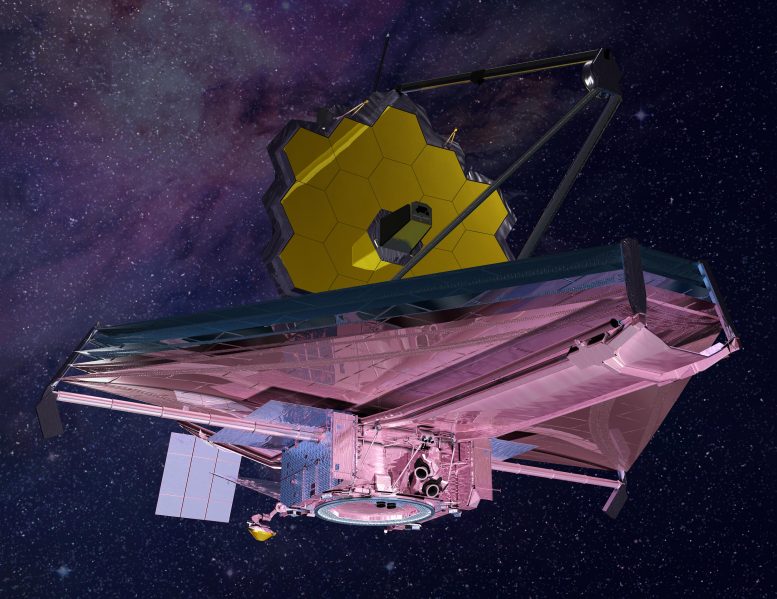
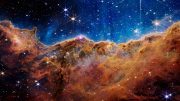
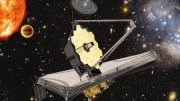


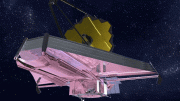
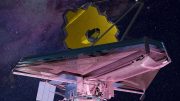
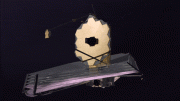
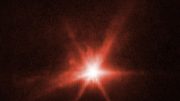
I will learn how the James Webb differs when NASA decide to launch it.
I learned a lot this has a lot of detail
Home
nonono
https://scitechdaily.com/comparing-the-hubble-and-james-webb-space-telescopes-from-ultraviolet-to-infrared/#comment-715550
what happened to me!